2022
Shedding light on Arabidopsis seed lipid metabolism
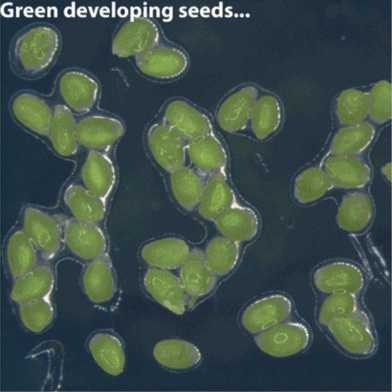
In a recent The Plant Cell publication of the Zeeman lab (IMPB), Deslandes-Hérold and colleagues study the influence of a light-dependent biochemical pathway on seed oil accumulation using the Arabidopsis thaliana model system. They find a larger-than-anticipated effect of this pathway on the amount of oil accumulated and provide new insight into the metabolic partitioning of resources between seed storage compounds.
Prof. Kirsten Bomblies received a "Golden Owl" award

Every year at ETH, the Golden Owl flutters in to recognise one professor or lecturer per department for excellence in, and dedication to, teaching. The awardees are selected by the students of ETH in each department via the student organisation VSETH. The award is then announced at the annual ETH day by the student who is president of VSETH (currently Emir İşman).
Plant starch research made easy using yeast
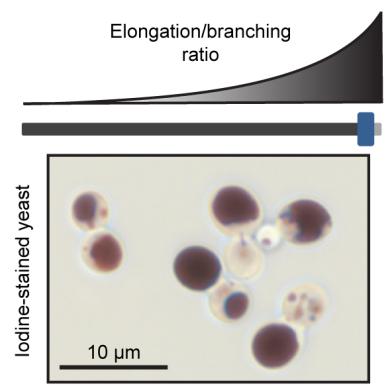
A recent "BMC Biology" paper by Dr. Barbara Pfister in the Zeeman lab (IMPB) uses yeast as a host to obtain a clear-cut view on how plant enzymes synthesize starch. Systematic expression modulation shows that enzyme ratios strongly influence glucan structure, providing avenues for modifying starches in crops.
Prof. Kirsten Bomblies is a new member of the SNSF Research Council

As of 1 October 2022, Prof. Kirsten Bomblies joined the Biology and Medicine division of the Research Council. The National Research Council evaluates project proposals submitted by researchers in Switzerland and selects the best ones for funding. It is composed of a maximum of 100 leading scientists, who work on an honorary basis. Members are elected by the Executive Committee of the SNSF Foundation Council.
Resistance to mosaic disease explained
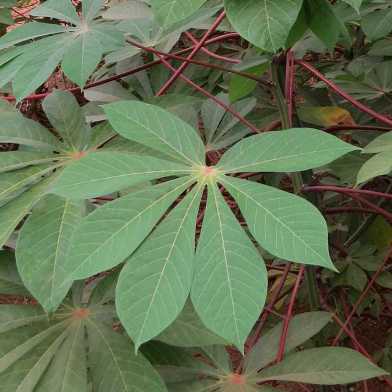
Researchers from ETH Zurich, the United States and Uganda have identified the gene responsible for resistance in certain cassava cultivars against the devastating cassava mosaic disease. This is an important step for breeding virus-resistant cassava varieties.
The genetic (and biophysical) basis of adaptation, and what we can learn from it
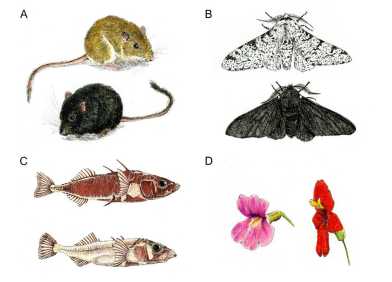
Mendel was born 200 years ago this July! To celebrate, PNAS published a special issue on the influence of his findings on evolution. Kirsten Bomblies (D-BIOL, IMPB) and Katie Peichel (Uni Bern), contributed a perspective on the Genetics of Adaptation, integrating empirical and theoretical studies.
A winding road of adaptive evolution to polyploid chromosome segregation
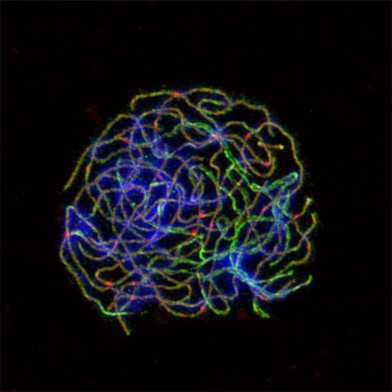
How can organisms evolve to segregate additional chromosome copies when they have been optimized over eons to segregate pairs of homologs in meiosis? A study from the Bomblies lab (IMPB, DBIOL) investigates the molecular basis of multigenic adaptation to polyploidy in Arabidopsis arenosa.
Impairment of cellulose degradation machinery enhances Fusarium oxysporum virulence but limits its reproductive fitness
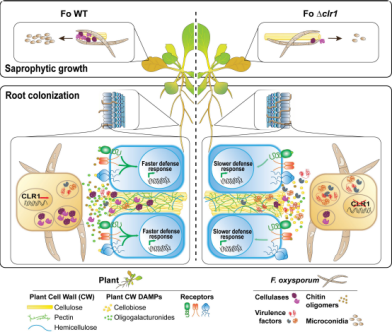
A recent "Science Advances" paper led by Francisco Gámez-Arjona from the Sánchez-Rodríguez group (IMPB) demonstrates that, unexpectedly, cellulose degradation is not vital for fungal pathogen’s infection, which holds implications for understanding and controlling fungal diseases.
Starch granule biogenesis caught in the act
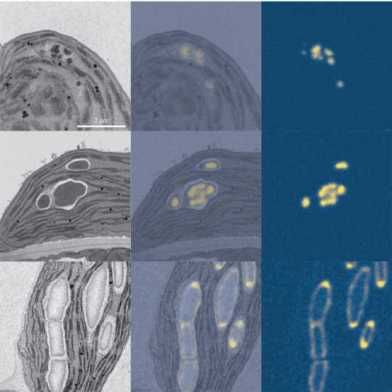
A Nature Communications article, published by the Zeeman group (IMPB) in collaboration with Anders Meibom at EPFL, uses sophisticated imaging methods to capture previously unseen facets of starch metabolism. Groundbreaking visualizations depict granule initiation, fusion, and growth into flattened structures.
A quiet evolutionary response to cellular challenges
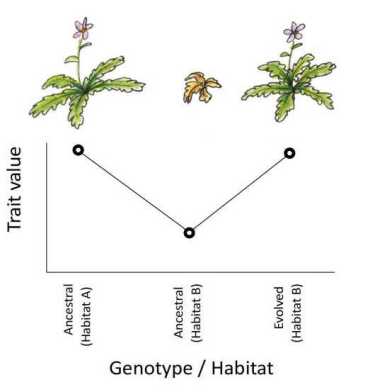
In studying evolution, we often focus on showy traits. But a recent essay by Kirsten Bomblies (IMPB, DBIOL) highlights that “invisible” adjustments that maintain cellular functions in novel contexts are an important force in evolution and can help interpret signatures of selection in genome scans.